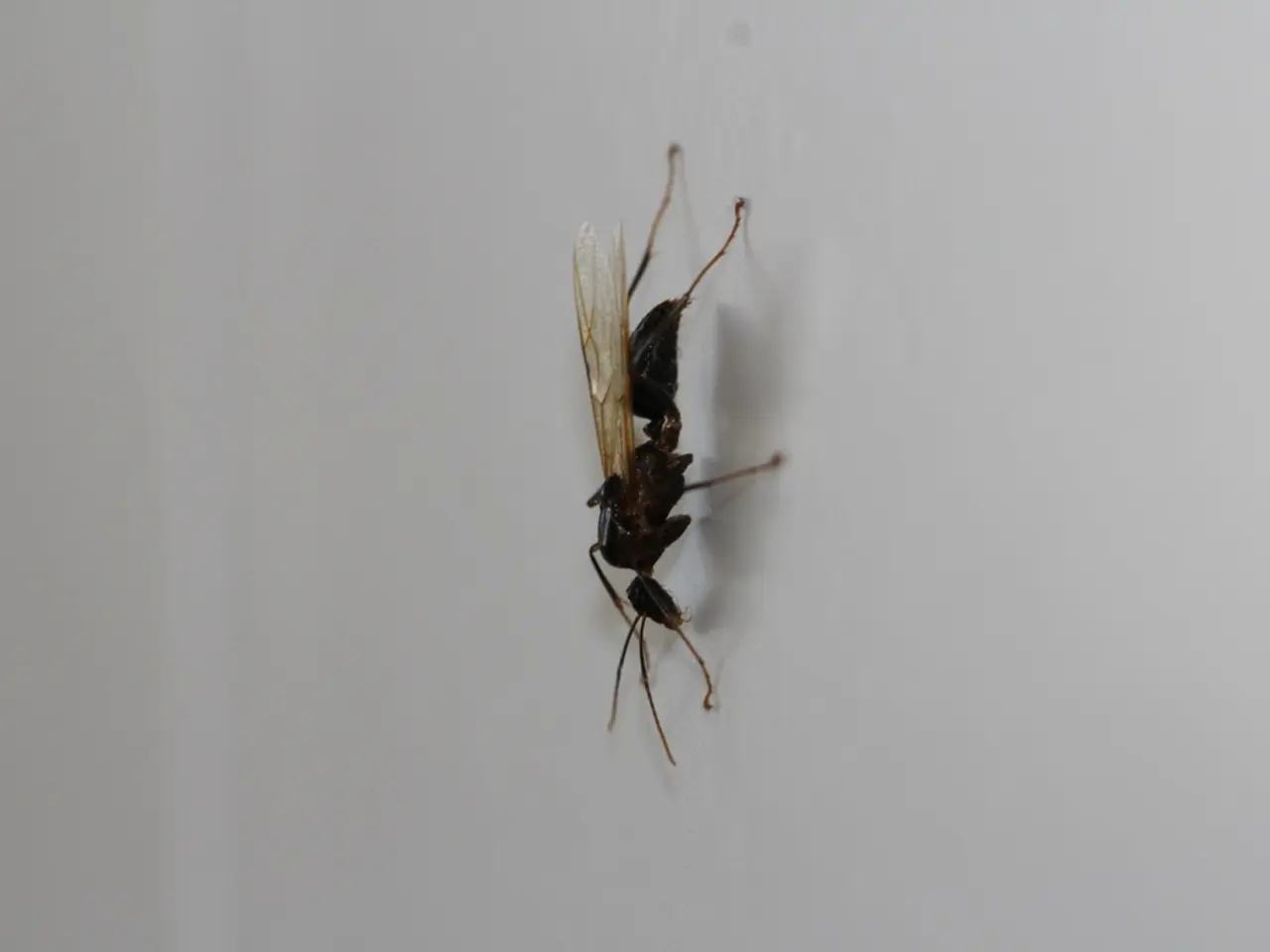Asian Giant Hornets Pose Threat to North American Bees and Ecosystems
Asian 'giant hornets', native to parts of Asia, have caused concern in North America. These large, distinctive hornets with an orange head and black-banded orange body have a painful sting and can decimate bee populations. They are not native to North America, with the first sighting occurring in 2019 in Washington, USA.
Also known as 'giant hornets', these insects are common in countries like Japan, China, and Korea. They prefer mountainous regions and have a foraging range of about 2,300 feet from their nest. Unlike honeybees, their stingers do not break off when they sting, allowing them to sting multiple times.
Beekeepers in Asia protect their hives using wire screen nets to safeguard against these hornets. Despite their fearsome reputation, only a tiny fraction of the world population is killed by wasp and hornet stings annually. However, their stings can be painful and they are attracted to tree sap.
It's unlikely that an entire colony was transferred to North America. Instead, a single fertile queen likely entered via shipping packaging, establishing the discovered colony. Their rapid reproduction and aggressive nature pose a threat to local ecosystems.
Asian giant hornets, while not yet widespread in North America, pose a significant threat to bee populations and ecosystems. Their ability to sting multiple times and their attraction to tree sap make them a concern. Further spread can be mitigated by monitoring and controlling their populations, as well as raising awareness among the public and beekeepers.
Read also:
- Emerging Fashions in Marijuana Storage: TVLPK's Attractive Gear for Cannabis Carrying
- The Distinction Between Sexual Identity and Gender Identity
- Symptoms, Prevention Strategies, and Management Methods for Measles
- Climate Change Impact Mitigation in Health: Reducing the Disparity of the Health Sector's Exposure to Climate Change Challenges





